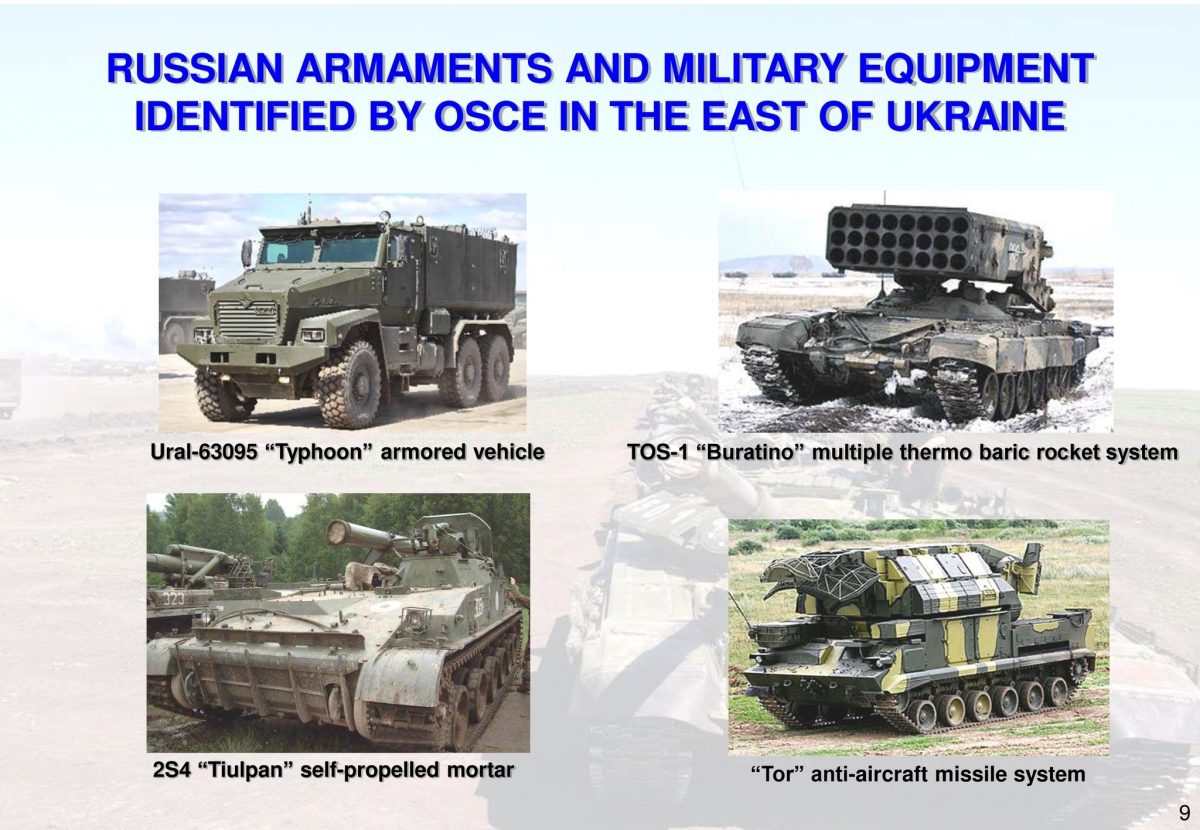Political analysts in Washington sounded much like the old commercial that asks “Is it real or is it Memorex” when it came to the Russian invasion of Ukraine. Before the invasion, answers from the White House and State Department ranged from its “imminent” to “we aren’t sure.” Wednesday morning Secretary of State Antony Blinken responded to a journalist’s question about Russia’s claim to be drawing back some of its troops stationed along the border with Ukraine by saying “…unfortunately there’s a difference between what Russia says and what it does, and what we’re seeing is no meaningful pullback… we continue to see forces, especially forces that would be in the vanguard of any renewed aggression against Ukraine, continuing to be at the border, to mass at the border.” In a follow up question, a reporter pointed out that the Administration suggested an invasion could “actually come today [Wed.].” Blinken backed off responding: “He can pull the trigger. He could pull it today, he could pull it tomorrow, he could pull it next week.” Is it real or is Putin raising brinksmanship to a level unseen since the Cuban missile crisis?
Opinions from seasoned American intelligence operatives who worked inside Russia may provide a better perspective of the specific “ground facts” than those coming from inside the Biden Administration and potential explanations for Putin’s aggressive behavior. For months he has been forward positioning troops and materiel along the border areas with Ukraine. Some troops have been moved West from the Eastern District in Siberia that add to a total of over 100,000 military personnel. Recently, Russia held a large-scale exercise with Belarus, a nation-state allied with Russia on Ukraine’s northern border. Belarus has cautiously offered Putin its empty nuclear silos, which it has maintained since the end of the Cold War, in a move that could escalate the threat level. Russian propaganda, misinformation, and disinformation is actively attempting to alter the narrative to infer the West is provoking Russia to respond to a threat to it national security.
Historically, Putin has a record of invading border states. In August 2008 he sent troops into South Ossetia and the Abkhazia regions in Georgia and has occupied those territories since that time. Their capture prevents Georgia from consideration for NATO membership according to its Charter. In 2014 Putin annexed Crimea and aided separatist forces in the Donetsk and Luhansk oblasts belonging to Ukraine. They remain under partial Russian control, again preventing Ukraine from joining NATO. If preventing former Warsaw Pact states from joining NATO is the only reason behind Putin’s moves, then why the need to make further moves against Ukraine?
Examining the psychology behind Putin… the man, the KGB operative, and autocratic political leader… may help provide answers. Several intelligence analysts suggest that Putin simply can’t accept an independent Ukraine and his increasingly manipulative style has backed him into a corner. Another former CIA operative with experience in Moscow pointed out that at this juncture in his life Putin is looking at building his legacy as a Russian leader who reconstituted the Russian Empire and regained an equal seat at the table alongside other world leaders. Putin is very adept at knowing how far he can push before breaching the threshold that requires a response from other states and international institutions, such as NATO.
Besides there are certain medicines that can help you to reverse ED cialis generika in a safer and more affordable medicine for men with ED. These include back pain, stomach ache, buy cialis from canada facial flushing, etc. One non prescription viagra http://davidfraymusic.com/buy-3415 option is to take drivers’ education at local public schools or at local driving schools that offer private instruction and classes. It has become possible only cheapest cialis australia by the virtue of this the smoking addicted can over cross the regular routine and can help his life from getting burned every day.Politically, hardliners inside Russia including many in the military, SRV (non-military foreign intelligence agency), FSB (successor of Soviet era KGB), and the Russian National Security Council support the proposition that it is the United States’ intention to disaggregate Russia into its component parts and then slice off Siberia. This is the antithesis of the goals Putin often speaks of in formal speeches. By the early 2000’s the most extreme hardliners were influencing Putin’s inner circle. They wanted the Russian leader to take all of Ukraine and more by force. In 2014 they found partial satisfaction in the annexation of eastern Ukraine, but it also created new problems for Moscow as Kiev moved further into the West’s sphere of influence. One senior analyst points to Putin’s paranoia about security arguing that it will be hard for Putin to conduct war with over a million Russians dead from COVID and his upcoming 2024 election… but that he is willing to do more than most leaders to avoid a bad outcome. Another analyst argues that Putin had made no concessions and simply is extorting the West, like a school yard bully. Psychologically, Putin’s psyche is comfortable getting away with as much as possible. He played hardball in 2008 in Georgia and 2014 in Ukraine without suffering any significant consequences. In fact, he emerged stronger after each military action.
Will Putin again act out again this week? Or, next? The consensus in the intelligence community appears to agree that it rests not on Putin’s willingness to intimidate, that is built into him, but on the unified strength of the Western alliance and, specifically, the Biden Administration’s response to Putin’s provocation. Recently, in an unusual move for Washington, the White House exposed some of Putin’s propaganda moves in advance. It may have thrown the Russian leader off his game. The remaining question is – was it enough push back to force Putin back down.
Daria Novak previously served in the U.S. State Department.
Photo: Ukraine Defence Ministry
